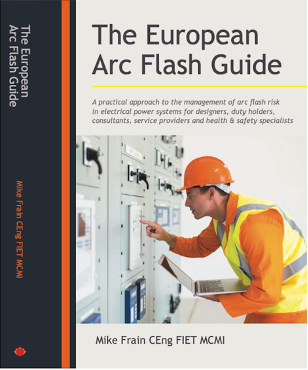Hi All,
I am interested in your thoughts with respects to Arc Flash with the undertaking of surveys on LV distributions systems in the UK.
I have visited the states looking at various factories and electrical systems. ARC flash awareness is generally on the agenda or in place, with respects to assessments done, with labels applied stating incident energy levels on specific distribution switches stating PPE needs for a specific application based on potential fault level.
I have also looked at electrical installations generally in the USA and I can confidently say we are in a better place in the UK from a Rigour perspective of insulation, separation and barriers.
Also, speaking with various colleagues for the UK , Arc Flash is not mandated/law. However, more cases are been investigated generally by the HSE, so one could say there have been issues.
With the distribution form factors (barriers and separation) we have and also introducing an isolation policy before interaction so circuits are dead before works progress, is there still a need for Arc Flash surveys. I guess one could say when proofing for dead there is a risk in the event of isolation failure..
Thoughts please. ?
Many thanks.
